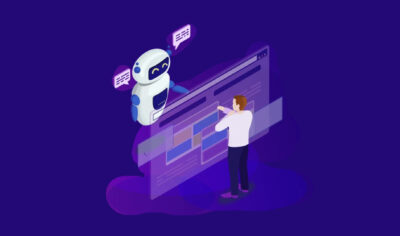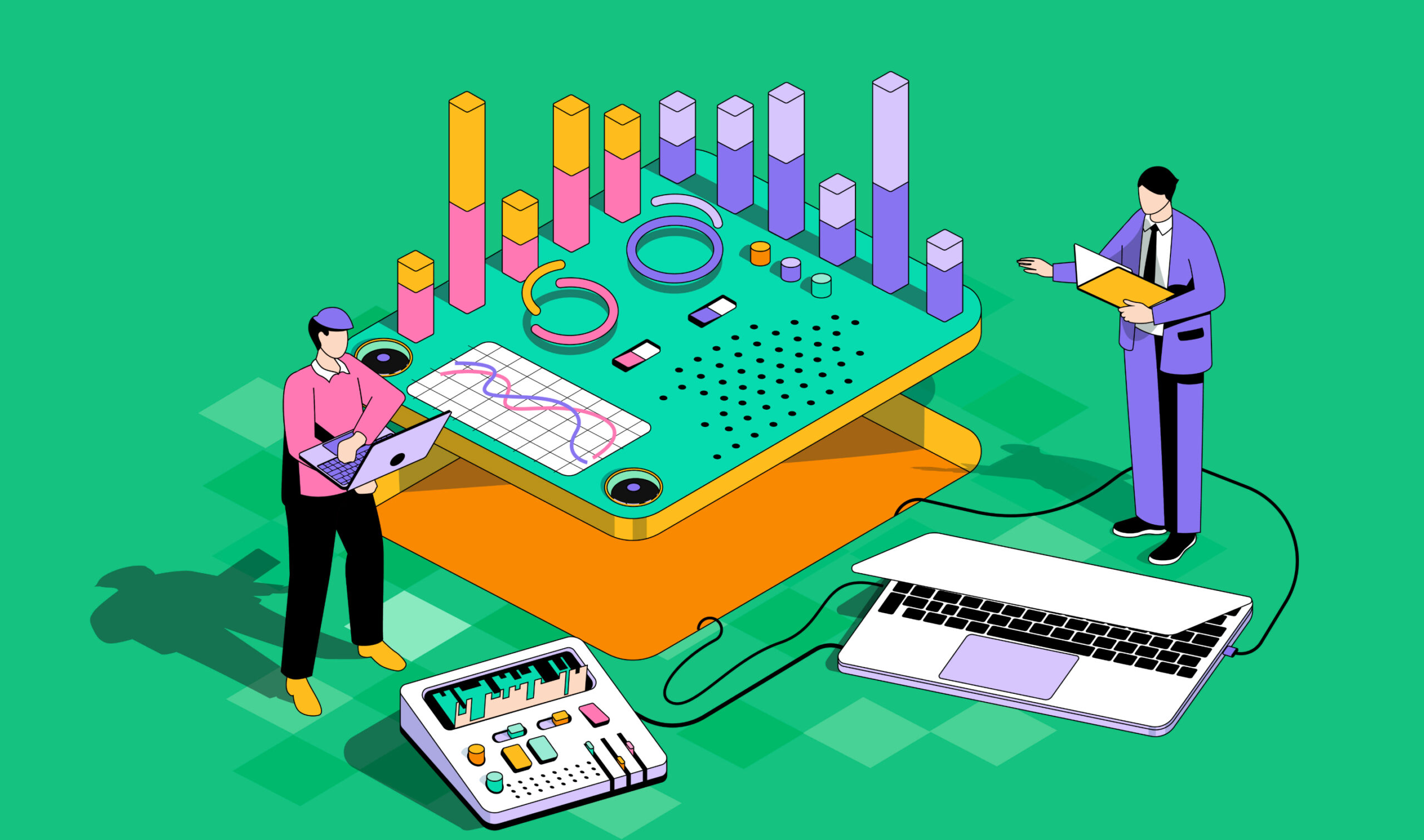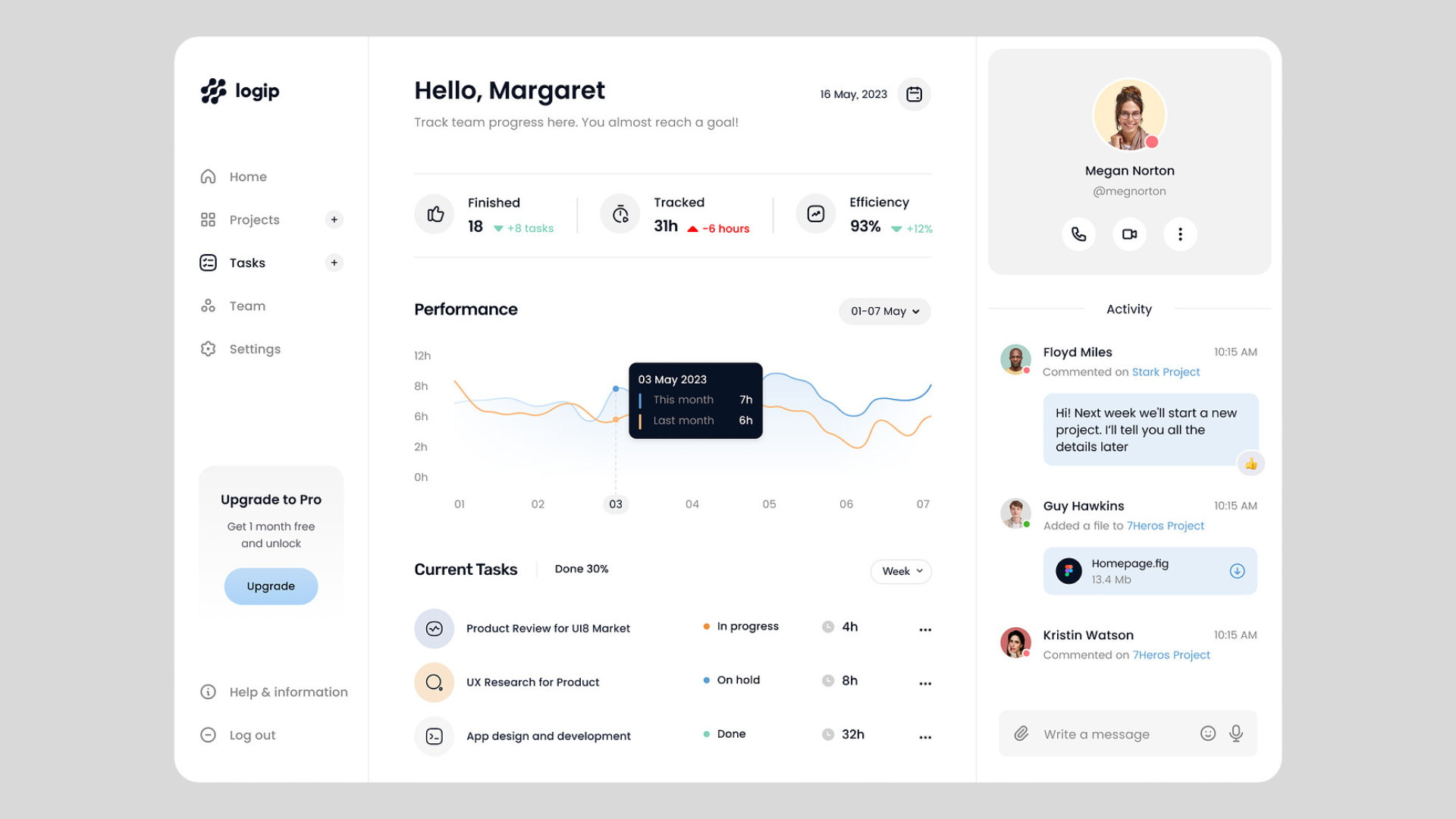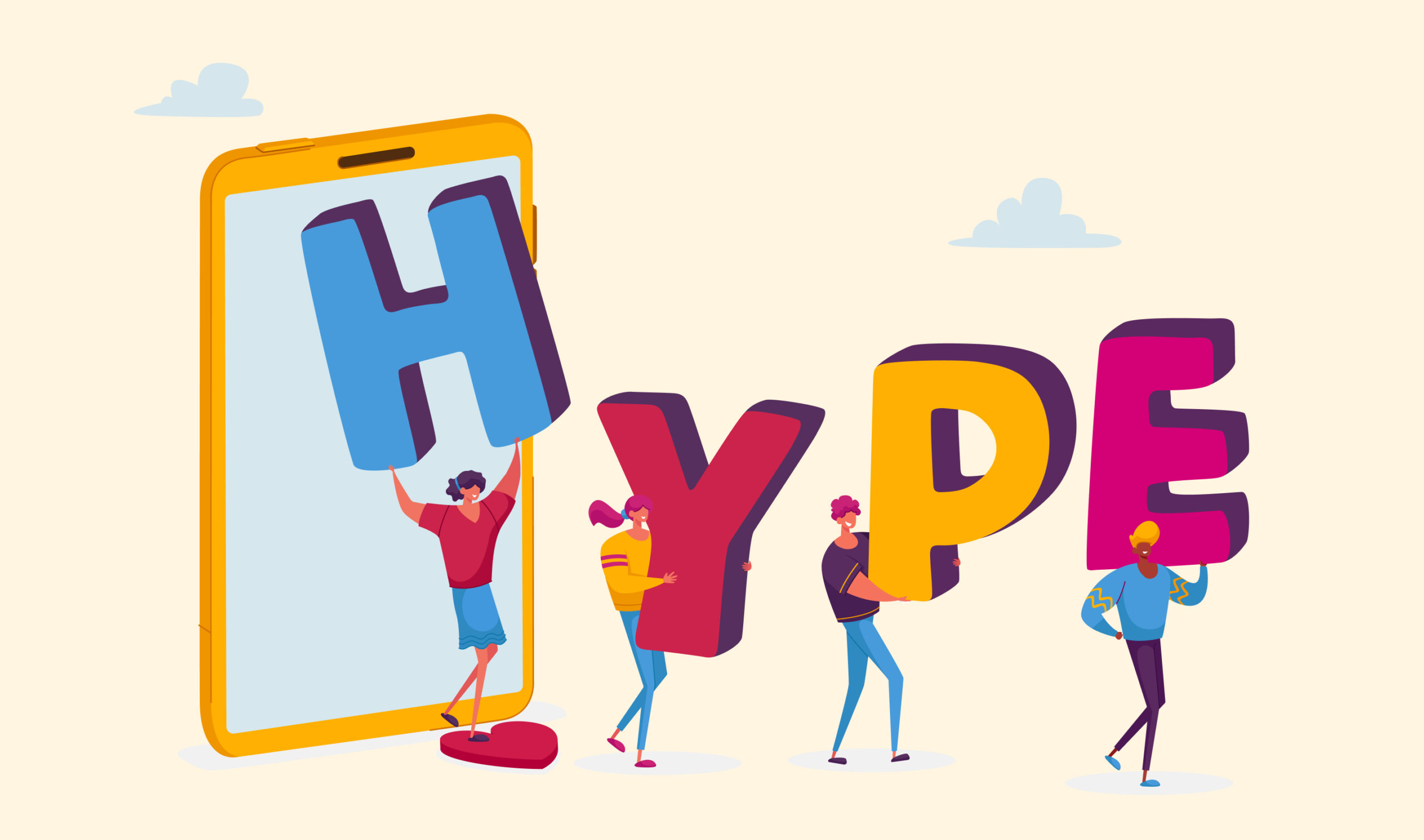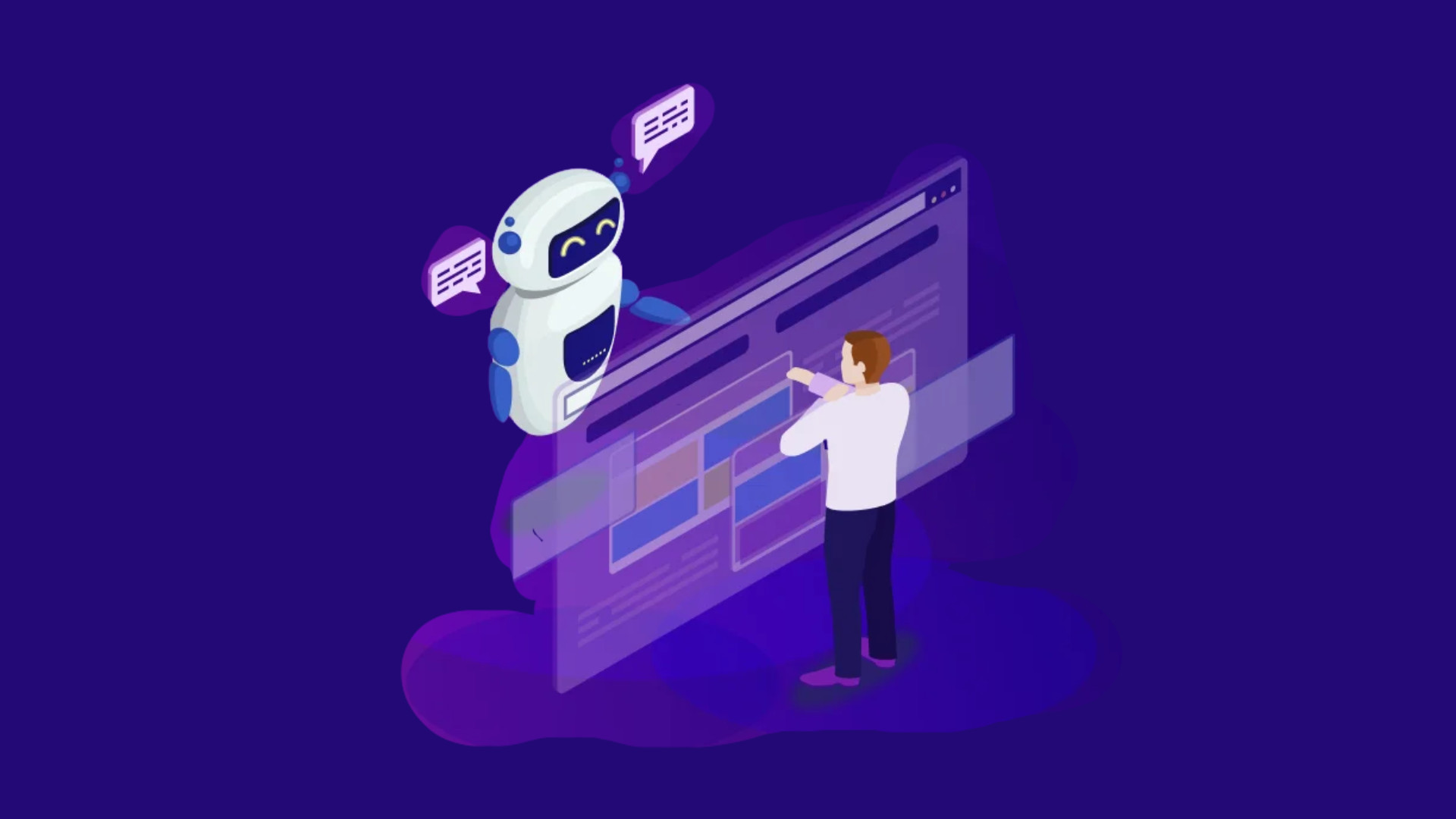
AI Won’t Kill UX, Our Habits Will: Why Designers Must Stay Intentional
Let’s be honest: AI isn’t ruining UX. We are. Not on purpose but through habits we don’t always notice. We reach for shortcuts. We prioritize speed. We let tools think for us. The result? UX that’s efficient, polished… and soulless.
The real threat to design isn’t machine learning. It’s when we stop questioning, stop exploring, and stop centering the human experience in the process. This isn’t a doomsday prediction. It’s a wake-up call. We’re at a turning point, and what we choose next, intention or inertia will shape the future of UX more than any AI tool ever could.
Table of Contents
The Tools Aren’t the Problem. Our Habits Are.
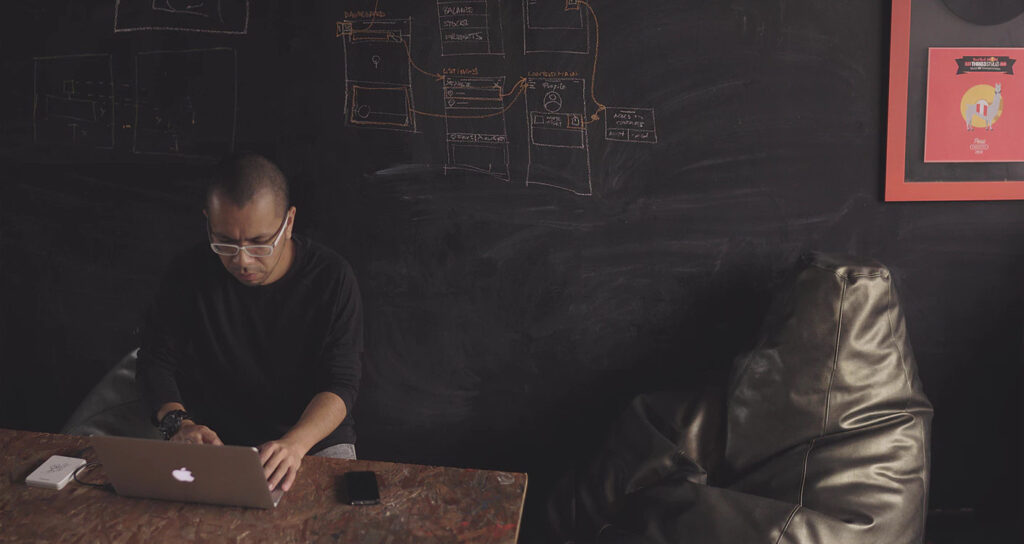
AI is incredible at what it does. It can generate a wireframe in seconds, suggest a UI layout, even write convincing UX copy. But efficiency comes with a cost: when we lean on AI without intention, we start designing on autopilot.
It’s tempting to blame the tech. But it’s really about how we use it. The more we default to AI without reflection, the more we risk building experiences that are quick to ship, yet easy to forget.
Design has never just been about outputs. It’s about understanding people. And that’s something no algorithm can replicate unless we teach it badly by cutting corners ourselves.
AI Is a Replicator, Not a Creator
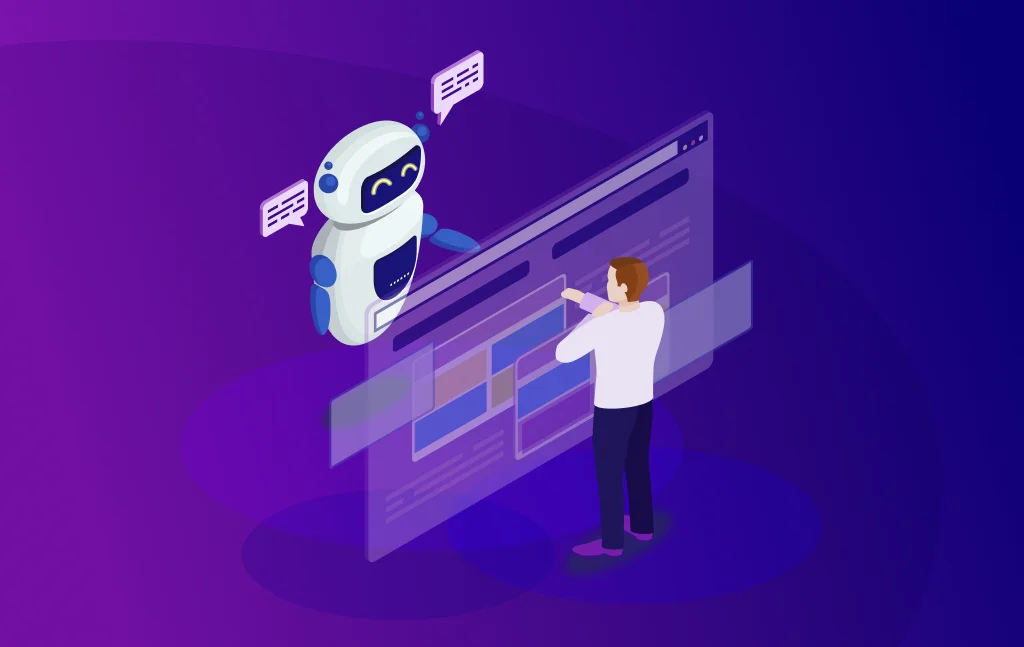
Let’s get one thing straight: AI doesn’t invent. It regurgitates. It synthesizes the most likely next thing based on everything it’s seen before.
So if you’re asking it to design for you, what you’re really asking is: What has worked before? That might be fine for a landing page. But it’s dangerous when you’re trying to solve new problems, reach new users, or disrupt a tired category.
When we prioritize speed, we often default to sameness. AI gives us more of what already exists which means innovation gets left behind.
We don’t need faster copies of yesterday. We need bold new ideas. And those still come from humans.
Human-Centered UX Still Matters More Than Ever
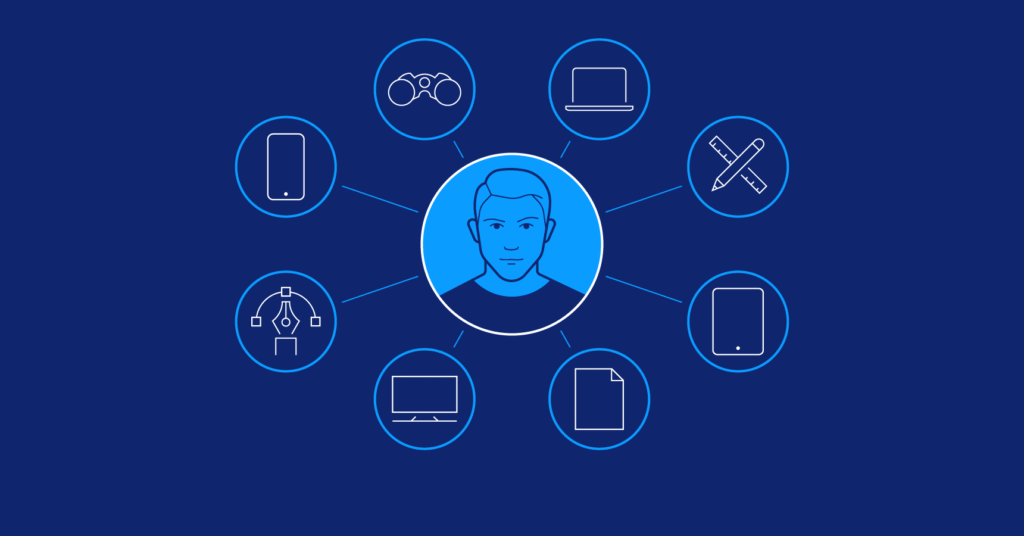
Empathy doesn’t come from a model. Co-creation doesn’t live in a plugin. True inclusivity doesn’t start with a prompt.
Great UX comes from designers who care. Who dig deep into user stories. Who make time for discomfort, ambiguity, and nuance. AI might help map out user flows, but it can’t replace the lived insights that come from real conversations.
Inclusive design, especially, demands intentionality. If we outsource it to pattern-matching machines trained on biased data, we lose the very people we claim to design for.
Context, culture, emotion, those things resist automation. And that’s a good thing.
The Complacency Trap
Let’s talk about the quiet killer of UX quality: complacency.
Design systems. Templates. Prebuilt Figma kits. AI-powered mockup generators. These are all helpful tools until we start using them as a crutch instead of a springboard.
When we default to plug-and-play, we risk losing the muscle of critical thinking. We stop asking why. We stop imagining what if.
This is the real danger. Not that AI will replace us, but that we’ll willingly give up what makes us valuable. Our curiosity, our taste, our ability to connect dots no machine can.
Striking a Better Balance

So how do we work with AI without becoming passive executors?
It starts with questions. Before using a tool, ask: What problem am I solving? What do I already know and what do I need to learn from users?
AI should support your thinking, not replace it. It can automate busywork so you can focus on deeper strategy, research, and experimentation.
Teach your team how to use AI wisely. Talk about prompt strategy, model limitations, and bias. Make space for nuance in your workflows.
Let AI buy you time not be your brain.
Building Responsible AI-Powered Workflows

This isn’t just about individual designers. It’s about teams.
Product, marketing, UX, QA, everyone needs to understand how AI fits into your ecosystem. Set clear boundaries: Which tools are we using? When? What decisions still require a human in the loop?
Create shared documentation. Establish norms. And most importantly, build ethical guardrails together.
AI doesn’t have to be the wild west. But it takes leadership to turn tech hype into thoughtful systems.
Reinvesting in Innovation and Curiosity

This is the moment to reclaim what made UX exciting in the first place.
Bring back deep user research. Schedule unstructured time for prototyping and exploration. Encourage risky ideas, the ones that don’t start with “what’s trending on Dribbble.”
Push your team to design forward, not sideways. AI can generate 10 variations of a safe idea. Only you can imagine something truly new.
Let’s not lose our edge just because tools got more convenient.
The Real Risk Isn’t AI. It’s Us.
AI isn’t here to kill your job. It’s here to test your purpose.
If we approach it with intention, it can supercharge our impact. But if we get lazy, it will quietly erode everything we stand for as UX designers.
Complacency is the risk. Not automation.
Let’s build a future where AI amplifies our strengths, but we stay accountable to our users, our craft, and our values.
Your Turn: Let’s Audit and Evolve
Ask yourself:
- Where am I relying on AI by default?
- Am I using it to enhance exploration or just execute faster?
- What new practices could restore depth and originality in my process?
Now ask your team. Share your answers.
Let’s start collecting examples of how AI expanded design thinking not just sped it up. Let’s talk openly about what’s working and what’s not.
Innovation doesn’t die from disruption. It dies when we stop caring. Let’s stay curious. Let’s stay intentional.
Take your company to the next level and get results with our world class user experience, interface design and implementation.
Get a FREE 30 min Strategy Session
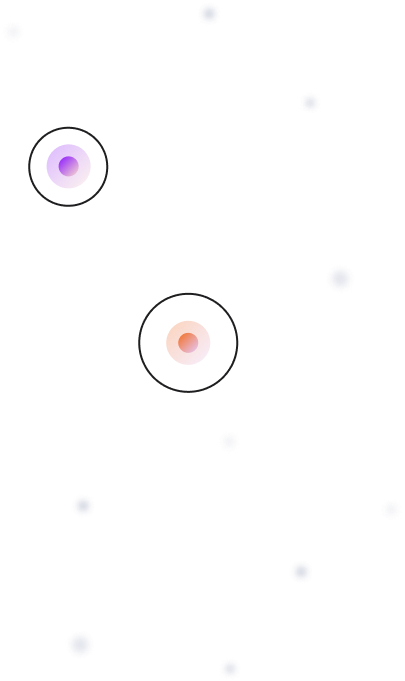
Related posts
How to use Data to inform your UX Design in 2023
Data analytics is an essential and powerful tool for UX designers, as it helps them make data-driven decisions about the […]
Top 10 Custom Dashboard Design Tips for 2024
In 2024, data-driven decision-making isn’t just a buzzword—it’s a necessity. As businesses continue to evolve, the ability to make informed […]
7 UX Design Trends to Look Out For in 2023
2022 has ended and we are starting 2023 with brand new ideas and trends to look for. 2022 left us […]
Creative product design that gets results
Take your company to the next level with world class user experience and interface design.
get a free strategy session
